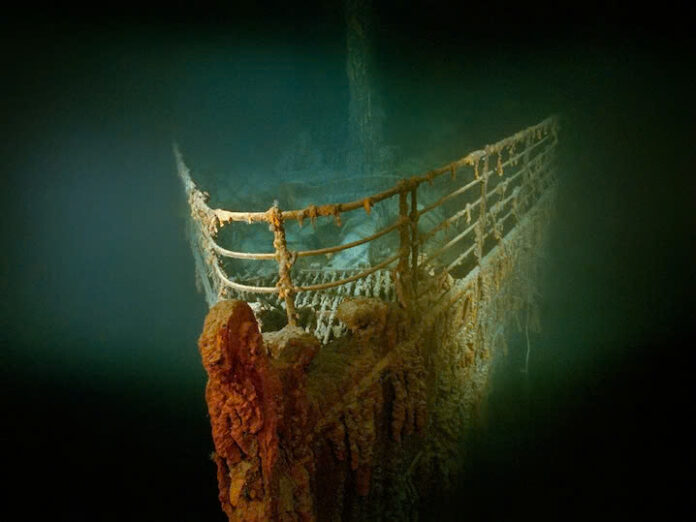In the depths of Stockholm’s archipelago, a remarkable discovery in 2017 unveiled a window into Scandinavia’s maritime past. At 28 meters below the surface, archaeologists from Sweden’s National Maritime Museum found a merchant vessel that would change our understanding of 16th-century trade routes.
A Merchant’s Time Capsule
The vessel, stretching 20 meters in length and 7.5 meters in width, represents a fascinating blend of medieval and Renaissance shipbuilding techniques. Its most precious cargo? Thirty barrels of Osmond iron – a highly refined metal that played a crucial role in European commerce.

The Osmond Iron Legacy
This rare discovery marked only the third time Osmond iron cargo has been found in Baltic shipwrecks. These small, spherical pieces of refined iron were Scandinavia’s premium export, powering the growing industries across Germany and the Netherlands. The find highlights Sweden’s pivotal role in Europe’s metal trade during the 1500s.
Life Aboard a 16th Century Vessel
The wreck offered more than just cargo – it provided an intimate glimpse into sailor life. Preserved by the Baltic Sea’s unique conditions – low salinity, cold temperatures, and minimal light – the ship maintained its structural integrity, including an intact mast. Personal items, pottery, and tools painted a vivid picture of maritime culture and the daily lives of those who sailed these waters.
The Baltic’s Natural Preservation
Unlike many ocean environments that deteriorate wooden structures, the Baltic Sea’s distinctive characteristics created a natural preservation chamber. This exceptional conservation allowed archaeologists to study the ship’s construction and contents in remarkable detail.
A Story of Loss and Protection
Tragically, the site’s discovery led to an unfortunate chapter in its history. Despite efforts to maintain secrecy, looters found and plundered the wreck, stealing invaluable artifacts. As archaeologist Jim Hansson poignantly noted, it was like “tearing pages from a book” – each stolen item representing lost historical knowledge.
Safeguarding Our Maritime Heritage
This incident has sparked increased efforts to protect underwater cultural sites. Nordic countries are now implementing advanced surveillance techniques and stricter regulations to preserve these irreplaceable historical treasures for future generations.
The Legacy Lives On

Despite the looting, this 16th-century vessel remains a testament to Scandinavia’s rich maritime heritage. Its discovery continues to illuminate the complex trade networks that shaped European history, while serving as a reminder of our responsibility to protect these underwater time capsules.
The ship’s story, though partially diminished by theft, stands as a powerful symbol of Scandinavian trade prowess and the enduring importance of preserving our cultural heritage. In its silent vigil beneath the waves, it continues to teach us about a pivotal era in European maritime history.

